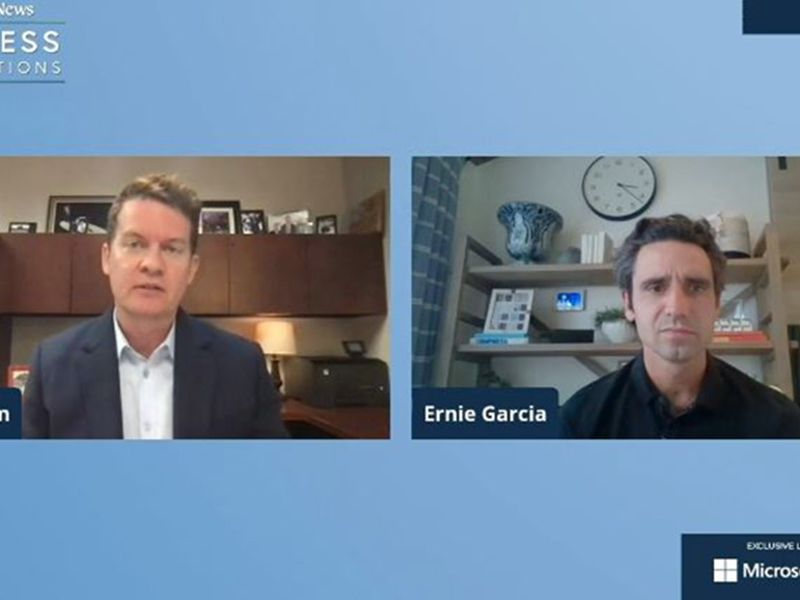
A pandemic that led more Americans to give digital shopping a try would certainly benefit online used-vehicle retailer Carvana, right?
The reality is more nuanced than that, as CEO Ernie Garcia illustrated during this week’s installment of Automotive News’ Congress Conversations.
Garcia said there was an acceleration in behavioral shifts underway before dealers pivoted to digital retail the past 11 months.
“But I think in many ways the visibility and the awareness of those shifts changed more than the behavior themselves changed,” he said. “There’s such an awareness now in automotive of digital retail.”
For Carvana, however, that did not equate to a boom in sales — relatively speaking. The company was more than doubling its sales annually until 2020 when it grew at a much slower rate, Garcia noted.
“From our perspective, we likely would have grown faster if it weren’t for the pandemic last year,” he said.
The retailer’s net sales were up 37 percent to 244,111 in 2020.
Carvana pulled back its operations at the initial spread of the coronavirus in spring 2020, and had difficulty ramping up its reconditioning capacity throughout the pandemic. As a result, it did not have enough sale-ready cars and trucks on its website to keep up with demand, Garcia said.
Recently, Carvana has been able to increase its production of sale-ready used vehicles. But tax return season and government stimulus have effectively fanned the flames of already high demand.
“If you look at our inventory levels, it looks like we’ve made no progress, but we’ve been growing our sales very, very quickly,” Garcia said. “So we’ve had to grow our underlying production capacity at the same speed of sales in order to hold our inventory at low levels, and our hope is that in the relatively near future, we’ll start to outproduce our sales and be able to build inventory back up to where we wanted to be.”
The conversation with Garcia also touched on how Carvana differentiates itself from franchised dealers — many of which are now offering digital and remote sales.
Garcia said Carvana is looking to give customers a “really simple checkout flow” and, with buyers not physically adjacent to cars, it has built a completely different supply chain from traditional vehicle retailers.
Customer preferences for an experience such as the one Carvana offers value wide selection, quickly being able to order and receive a vehicle and generally having a different experience, Garcia said.
“And hopefully that will be a good strategy for us,” he said. “And dealers will probably do many different things and try all kinds of different approaches, given their different starting point, their different assets and their different customers, because I do think there’s a broad distribution of customer preferences out there.”